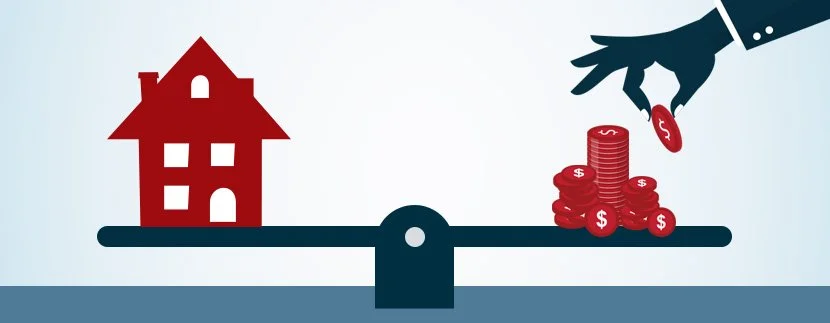Case Study: Negative Gearing and the Benefits of a Tax Depreciation Schedule
Introduction
Negative gearing is a popular investment strategy in Australia, particularly in the property market. It occurs when the cost of owning an investment property (including mortgage interest, maintenance, and other expenses) exceeds the rental income it generates. While this strategy results in a loss, investors often use it to reduce taxable income, with the aim of offsetting the loss through capital gains when the property appreciates in value.
A tax depreciation schedule is an essential tool that helps investors maximize the financial benefits of their investment, even in a negative gearing scenario. It allows property owners to claim depreciation as a tax deduction, thereby reducing their taxable income further and improving cash flow.
Case Study Details
The Scenario
John, a first time property investor, purchased an investment property for $500,000. He financed it through a loan with an interest rate of 5%, resulting in annual interest payments of $20,000. The property generates a rental income of $18,000 annually. Additionally, John incurs $5,000 in annual expenses, including maintenance and property management fees.
Total Expenses: $25,000 (Interest + Other Expenses)
Rental Income: $18,000
Net Loss (Negative Gearing): $7,000
John is now incurring a $7,000 loss on his investment. While this loss can be offset against his taxable income, John engages SYC Australia to prepare a tax depreciation schedule to explore further tax benefits.
Tax Depreciation Schedule
A tax depreciation schedule identifies the depreciation of two components of the property:
Capital Works Depreciation: The building’s structure and fixed items (e.g., Walls, roof).
Plant and Equipment Depreciation: Removable brand-new assets like appliances, carpets and fittings.
After preparing the schedule, the following annual depreciation values are determined:
Capital Works Depreciation: $6,000
Plant and Equipment Depreciation: $3,000
Total Depreciation Deduction $9,000
Tax Implications
John’s taxable income is $80,000 annually. By claiming both the negative gearing loss and depreciation, his taxable income is reduced significantly.
Without Depreciation:
Taxable Income = $80,000 - $7,000 (negative gearing loss) = $73,000
Tax Payable = $15,617 (calculated based on Australian tax rates)
With Depreciation:
Taxable Income = $80,000 - $7,000 (negative gearing loss) - $9,000 (depreciation) = $64,000
Tax Payable = $12,867
Tax Savings: $15,617 - $12,867 = $2,750
Benefits for John
1. Increased Tax Savings
The depreciation schedule allows John to claim an additional $9,000 as a tax deduction, saving $2,750 in taxes.
2. Improved Cash Flow
While John is incurring a cash loss due to negative gearing, the tax savings improve his overall cash flow and help him sustain the investment.
3. High Return on Investment
By leveraging tax depreciation, John maximizes the financial benefits of his negative geared property, making the investment more viable until the property appreciates in value.
4. Long Term Strategy
The depreciation benefits are claimable over several years (up to 40 years for capital works), ensuring long term tax efficiency.
Conclusion
Negative gearing can be a challenging strategy due to its reliance on future capital gains and ongoing financial losses. However, a tax depreciation schedule provides a significant opportunity for investors to offset these losses and reduce taxable income.
For investors like John, engaging a professional to prepare a tax depreciation schedule can make a substantial difference in managing the financial viability of their investments and achieving their long-term wealth-building goals.


